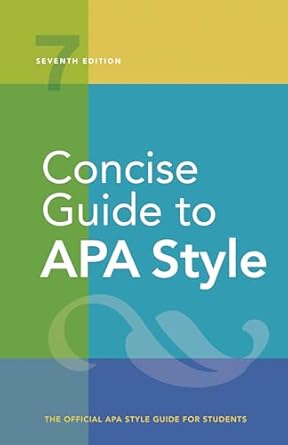[toc]
quoting accurately rules examples for writers
Concise Guide to APA Style: 7th Edition (OFFICIAL)
Page 223 Review
Understanding Quotations: A Deep Dive into Accuracy and Integrity
When incorporating quotations into your writing, maintaining accuracy and clarity is paramount.
This excerpt from a style guide provides essential rules for handling quotations effectively.
Let’s break down the key points:
Minor Adjustments: Permissible Changes
The text highlights several minor adjustments that are acceptable without explicit notation:
- Punctuation Changes: “Some punctuation marks at the end of a quotation may be changed to fit the syntax of the sentence in which the quotation appears, as long as meaning is not changed (e.g., it might alter meaning to change a period to a question mark, depending on how the sentence is written).” This emphasizes the need for context-aware adjustments.
Changing a comma to a period to fit the flow of your sentence is fine, but altering a question mark would be a misrepresentation.
- Quotation Mark Styles: “Single quotation marks may be changed to double quotation marks and vice versa.” This stylistic flexibility allows for consistency within your own document.
- Footnote/Endnote Omission: “Footnote or endnote number callouts can be omitted (see also Section 8.32).” If the footnote isn’t relevant to the point you’re making, its removal maintains focus.
Changes Requiring Explanation: Transparency is Key
“Any other changes (e.g., italicizing words for emphasis or omitting words; see Section 8.31) must be explicitly indicated.” This underscores the importance of transparency.
If you alter the original text in any significant way, readers need to know.
Omitting Material: The Ellipsis
The excerpt specifically addresses omitting words using an ellipsis:
“Use an ellipsis to indicate that you have omitted words within a quotation (e.g., to shorten a sentence or tie two sentences together).
Either type three periods with spaces around each (…) or use the ellipsis character created by your word-processing program when you type three periods in a row ( … ), with a space before and after.” This clarifies the proper usage and formatting of an ellipsis.
However, the guide also states: “Do not use an ellipsis at the beginning or end of any.” This suggests that omitting material at the start or end of the sentence doesn’t need to be denoted.
Example Breakdown: De Backer and Fisher (2012)
The provided example involving De Backer and Fisher (2012) illustrates several key points:
“De Backer and Fisher (2012) noted that ‘those [adults] who read gossip magazines, watch gossip-related television shows, or read gossip articles from internet sites . . . may feel guilty about wasting their time on a leisure pursuit’ (p. 421).”
Here, the brackets around “adults” indicate an alteration to the original text.
The ellipsis signifies omitted words within the sentence.
The parenthesis includes page number which is important.
The example continues:
“They emphasized that ‘it is important to remember that gossip helped our ancestors survive [emphasis added], and thus by accessing gossip, one is faced with an opportunity to vicariously learn solution [sic] to adaptive problems’ (De Backer & Fisher, 2012, p. 421).”
“[emphasis added]” signals that the italicization was not present in the original source.
The use of “[sic]” indicates that the misspelling of “solution” as “soluction” appeared in the original quote.
This is crucial for academic integrity; to make it clear this is not a typo on the part of the writer.
The Importance of “Sic”
The use of “[sic]” as shown in the De Backer and Fisher example highlights its critical purpose: to distance the writer from errors in the original text.
This is essential for maintaining credibility and preventing misattribution of errors.
Conclusion
Properly handling quotations is crucial for academic and professional writing.
Understanding the permissible changes, knowing when to provide explanations, and mastering the use of ellipses and “[sic]” are all essential skills for anyone who wants to cite sources accurately and ethically.
By following these guidelines, you can ensure that your use of quotations is both effective and honest.
Buy full ebook for only $18: https://www.lulu.com/shop/american-psychological-association/concise-guide-to-apa-style-7th-edition-official/ebook/product-rmzpq54.html?page=1&pageSize=4
Quoting Accurately Rules Examples For Writers
Read more: Mastering Abbreviations: A Guide for Clear Writing


Leave a Reply